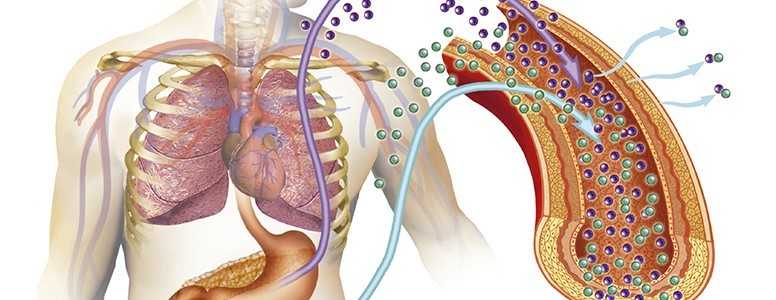Higher rates of neuropathy have been found among young people with type 1 diabetes and type 2 diabetes, a new study reports.
Scientists from the University of Michigan found that seven per cent of over 2,000 young diabetes patients in the US had diabetic peripheral neuropathy (DPN), a type of nerve damage.
DPN is primarily associated with overly high blood sugar levels in people with diabetes and the researchers have underlined the importance of screening and diagnosing DNS in youngsters. Smoking and dyslipidemia (unbalanced cholesterol levels) are other significant factors.
They said: “Overall, the results of our study suggest that poor glycemic control over time and traditional cardiovascular risk factors are important risk factors associated with DPN and need to be targeted for the prevention of debilitating consequences of DPN in this young cohort.”
Researchers calculated an approximate two-fold increase in DPN prevalence with each five-year increase in duration of diabetes in those with either type 1 diabetes or type 2 diabetes.
Poor glycemic control was significantly associated with DPN risk in people with type 1 diabetes, but not type 2 diabetes. Those with type 1 diabetes also had higher levels of health markers which the researchers say need to be addressed.
Senior author Eva L Feldma, MD, PhD told Medscape Medical News: “These children with type 1 diabetes and neuropathy had higher diastolic blood pressure, they were clearly heavier, they had untreated dyslipidemia, and they were smokers, so there are clear recommendations that weren’t being met.”
Feldman added that while lifestyle factors such as smoking cessation are part of type 2 diabetes treatment methods, more needs to be done to reduce the risk of DPN for type 1 diabetes.
“We feel very strongly about it because, to be frank, many times in type 1 diabetes clinics for children, glycemic control is clearly addressed, but dyslipidemia, smoking, and hypertension are factors that aren’t as actively or openly discussed.”
Feldman acknowledged, though, that DPN treatment and prevention practises likely differ from practice to practice and country to country.
The findings appear online in the journal Diabetes Care.
What's new on the forum? ⭐️
Get our free newsletters
Stay up to date with the latest news, research and breakthroughs.








